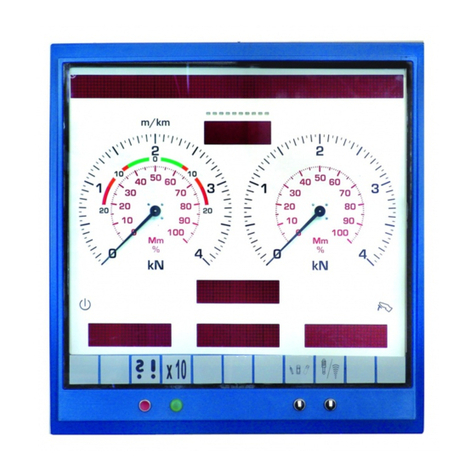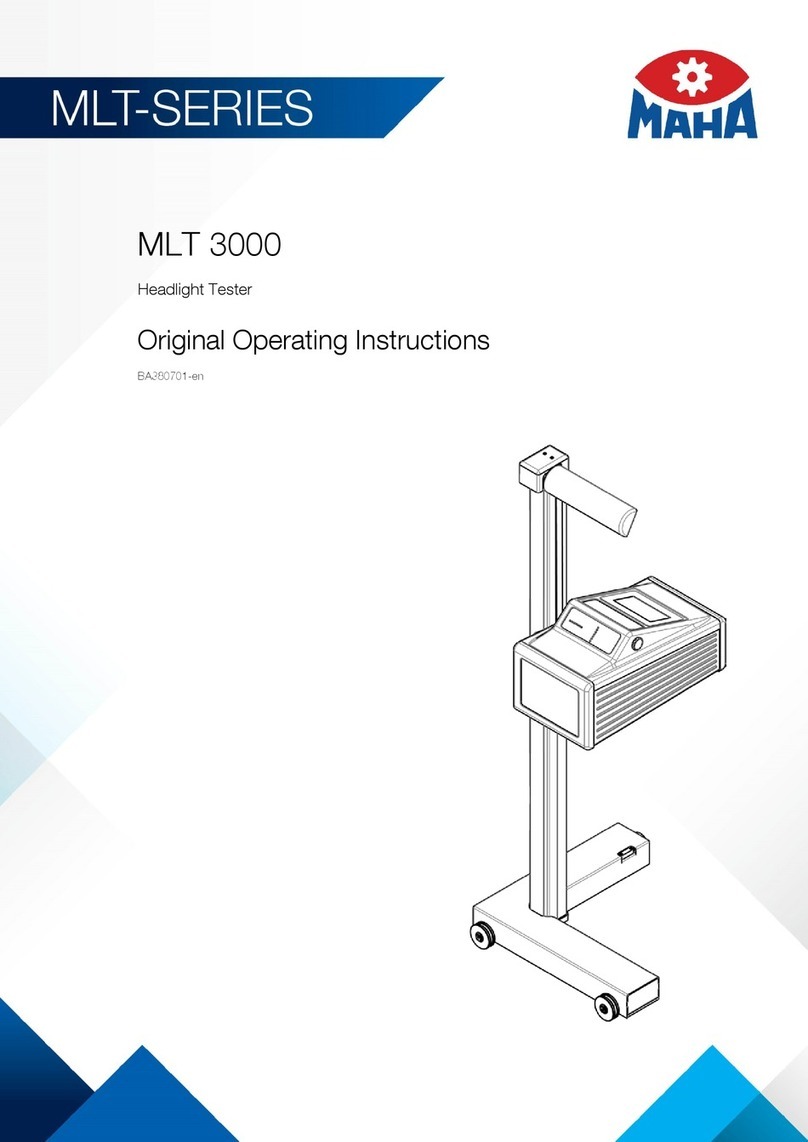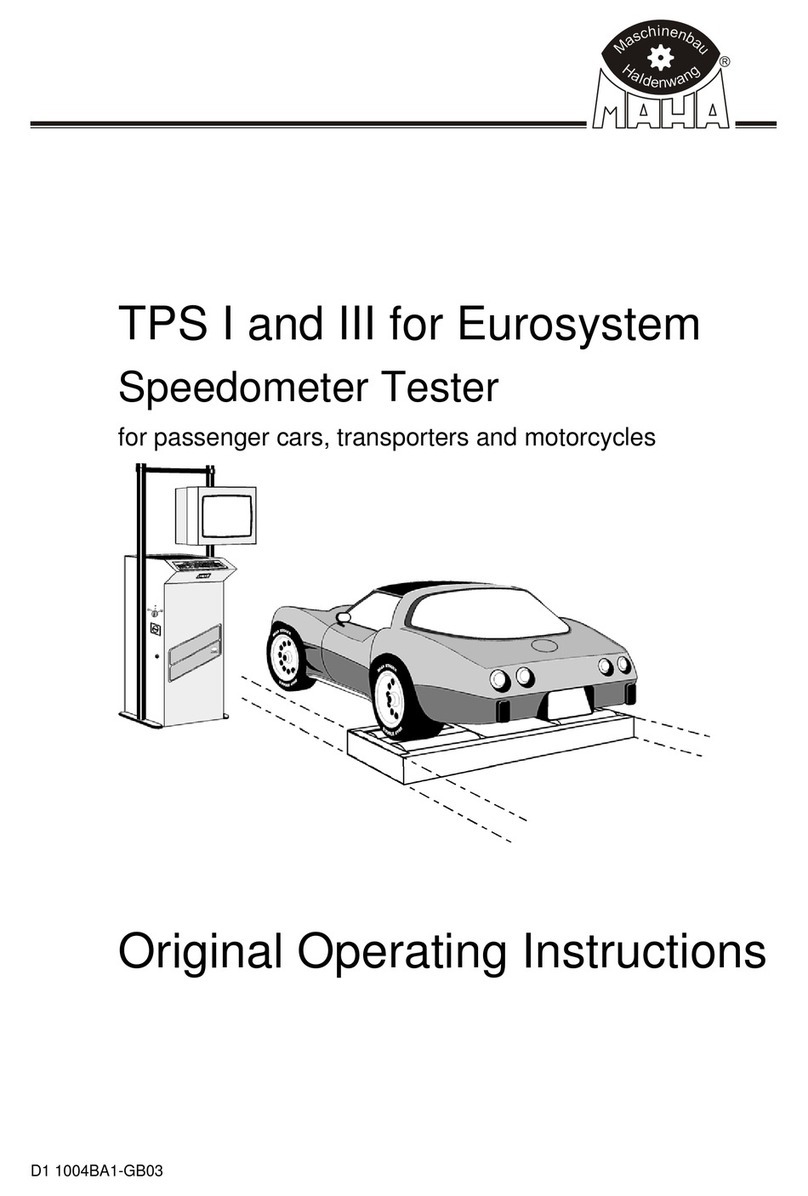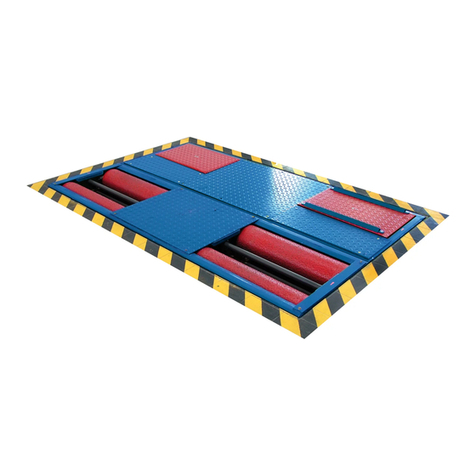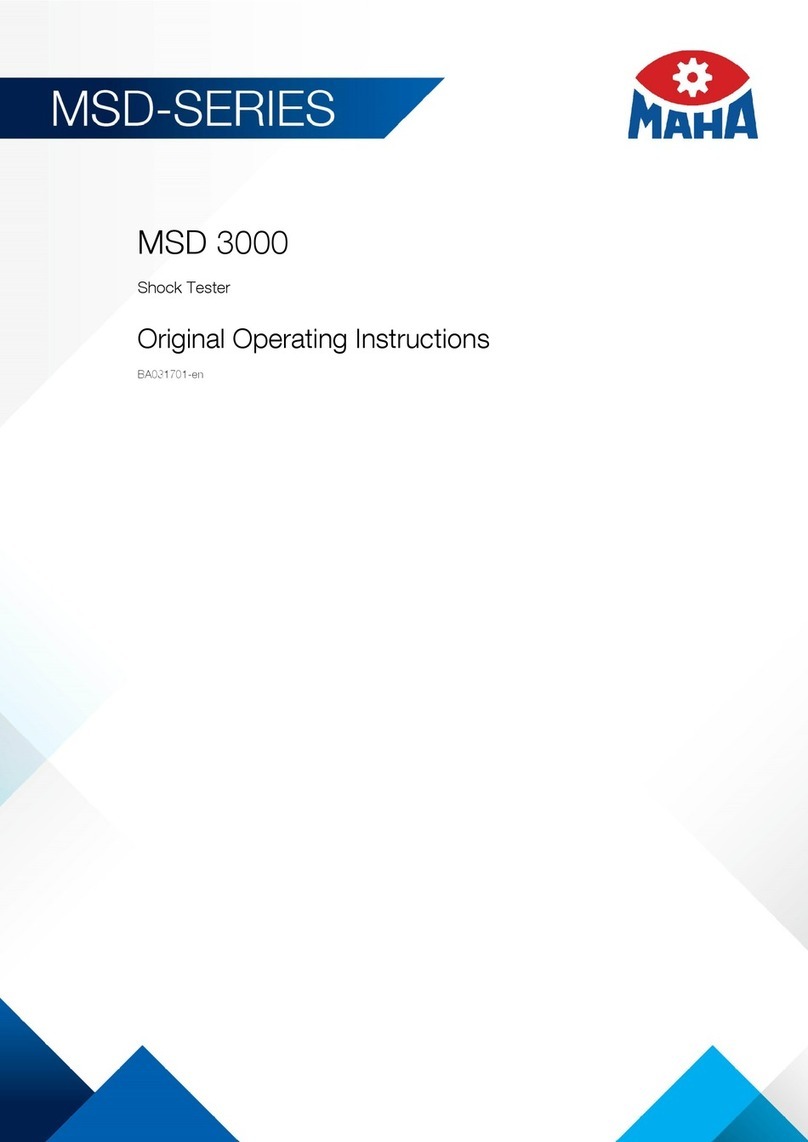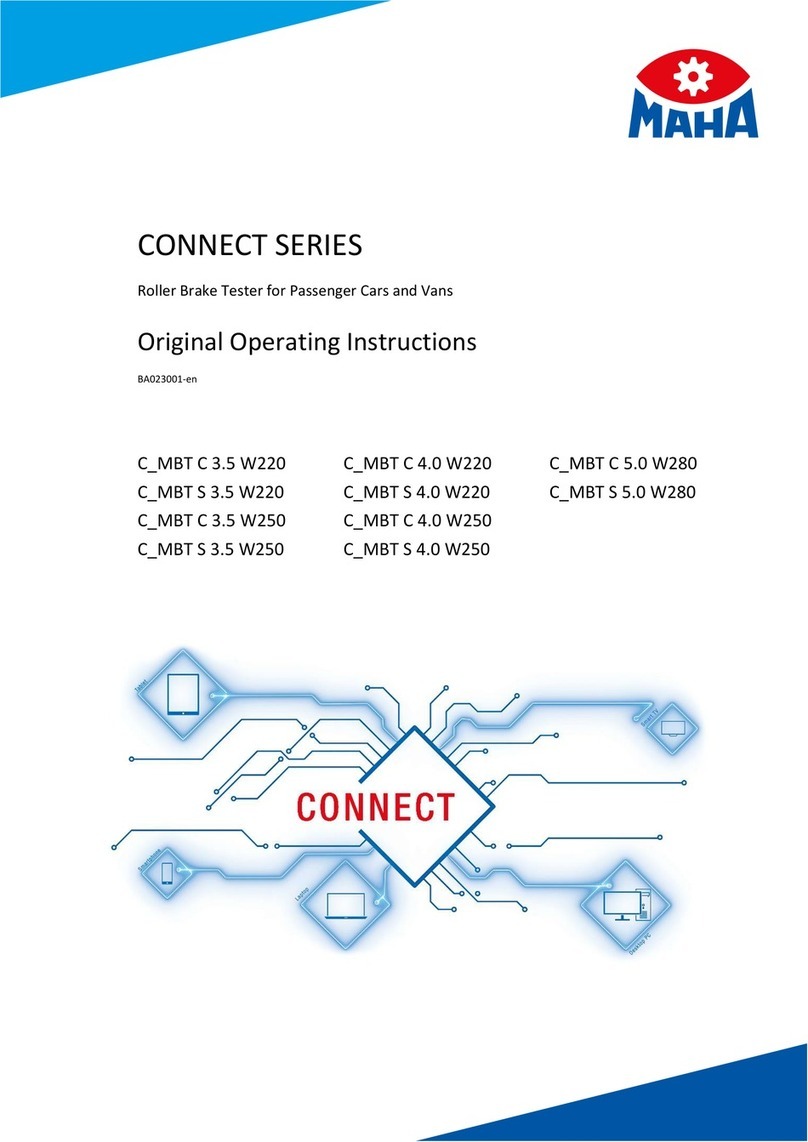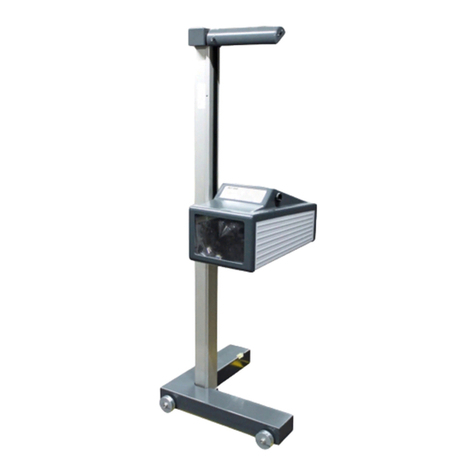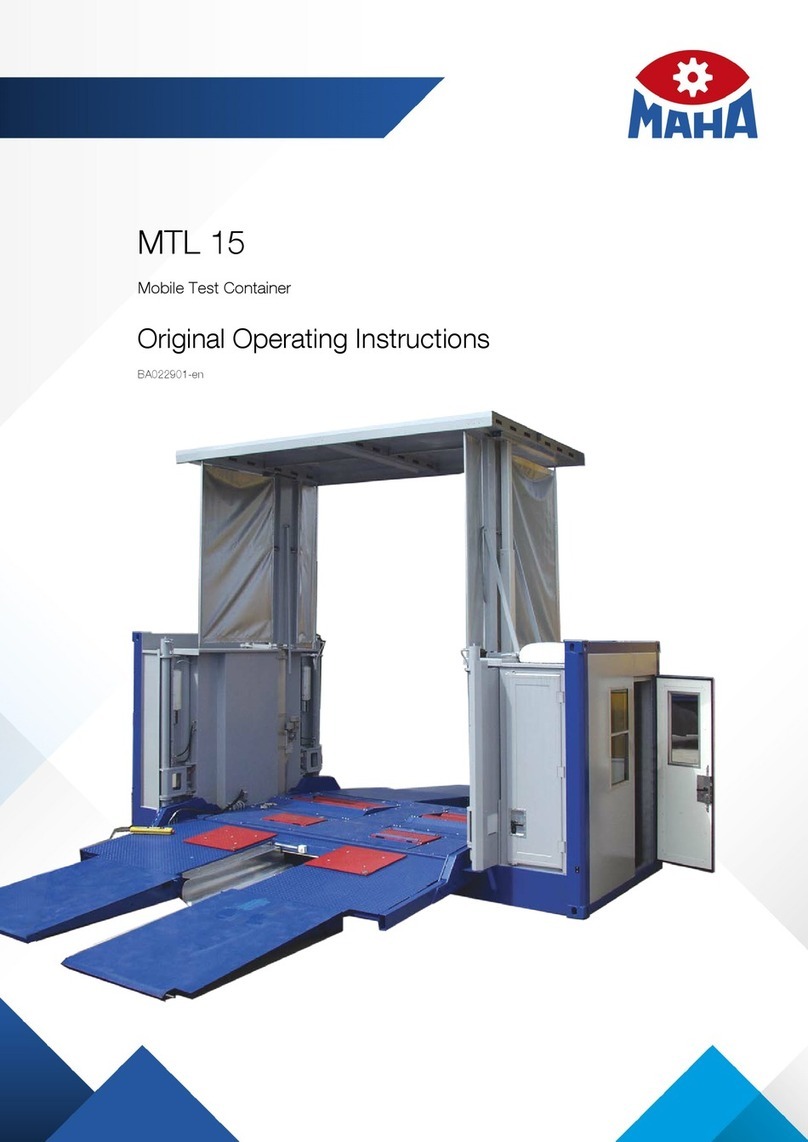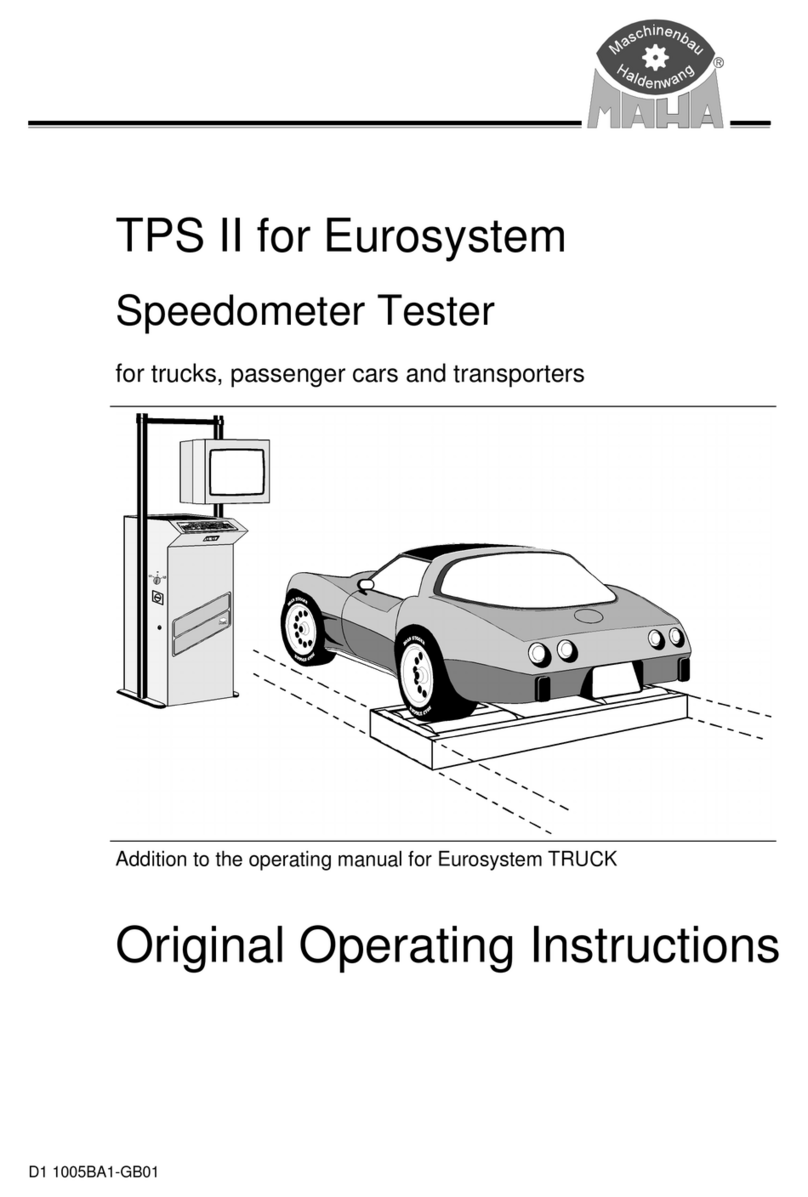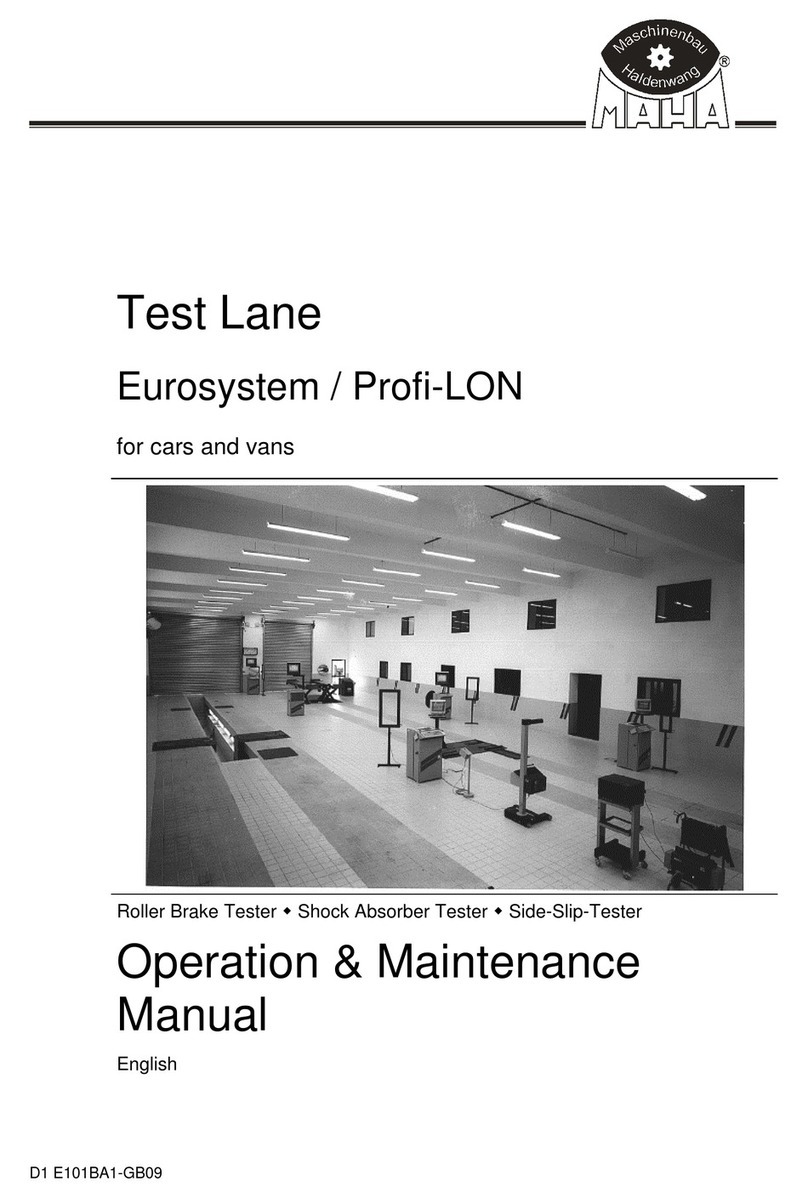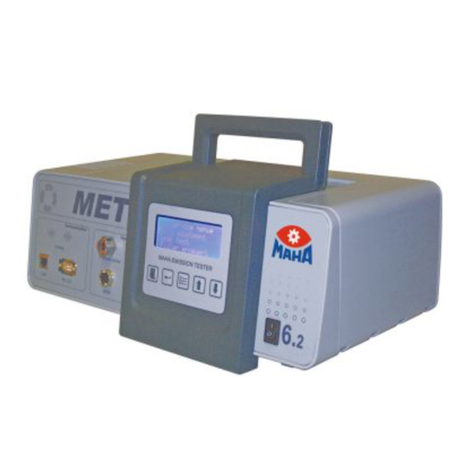BA022401-en
Pos: 2/ -----Forma t-----/Inhaltsverze ichnis- 3 Ebenen @ 5\mod_ 1168867441046_75.do cx @ 729 20 @ @ 1
Contents
1Safety ......................................................................................................................5
1.1 Introduction......................................................................................................................................... 5
1.2 Symbols .............................................................................................................................................. 5
1.3 Intended Use....................................................................................................................................... 5
1.4 Safety Instructions for Installation and Initial Operation ........................................................................ 5
1.5 Safety Instructions for Operation ......................................................................................................... 6
1.6 Danger Zone ....................................................................................................................................... 7
1.7 Safety Instructions for Servicing........................................................................................................... 7
1.8 Safety Features ................................................................................................................................... 7
1.9 Accessories......................................................................................................................................... 8
1.10 What to Do in the Event of an Accident............................................................................................... 8
2Description.............................................................................................................10
2.1 General Information........................................................................................................................... 10
2.2 Specifications.................................................................................................................................... 15
3Operation...............................................................................................................16
3.1 Display .............................................................................................................................................. 16
3.2 Remote Control................................................................................................................................. 18
3.3 Test Procedure.................................................................................................................................. 20
3.3.1 Standard Mode without Remote Control ........................................................................................... 21
3.3.2 Standard Mode Automatic 4-Wheel Drive Recognition...................................................................... 22
3.3.3 Standard Mode Blink Mode............................................................................................................... 23
3.3.4 Standard Mode Reco 1-Procedure ................................................................................................... 25
3.3.5 Standard Mode Reco 1-4-Wheel Drive.............................................................................................. 27
3.3.6 Standard Mode Motorcycle Procedure.............................................................................................. 29
3.3.7 Standard IFB Mode Motorcycle......................................................................................................... 31
3.3.8 Standard IFB Mode with 4-Wheel Drive............................................................................................. 33
3.3.9 Standard IFB Mode Procedure.......................................................................................................... 35
3.3.10 NL Mode with IFB.............................................................................................................................. 37
3.3.11 NL Mode with Reco 1 ....................................................................................................................... 39
3.3.12 NL Mode without Remote Control..................................................................................................... 41
3.3.13 NL Mode Wheel Circumference......................................................................................................... 42
3.4 Deceleration Chart............................................................................................................................. 43
4Maintenance ..........................................................................................................44
4.1 Annual Inspection.............................................................................................................................. 44
4.2 Maintenance by the Operator............................................................................................................ 44
4.2.1 Checking the Chain Tension.............................................................................................................. 44
4.2.2 Greasing the Sensor Roller Hinges .................................................................................................... 46
4.3 Error Codes....................................................................................................................................... 47
4.4 Care Instructions ............................................................................................................................... 47
4.5 Spare Parts ....................................................................................................................................... 47
